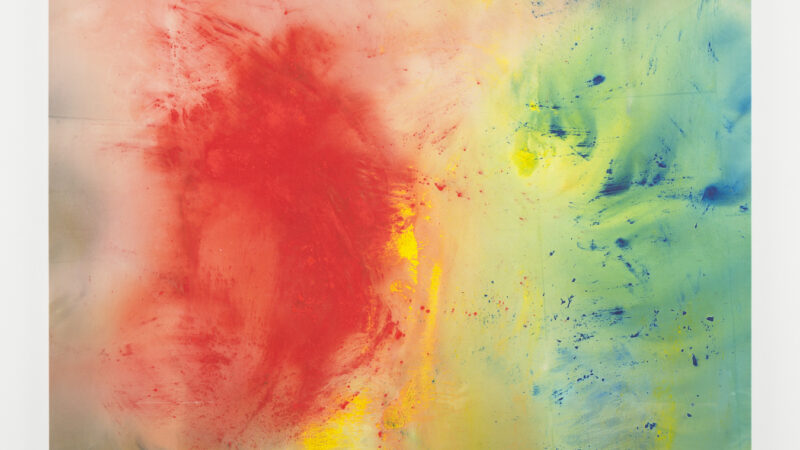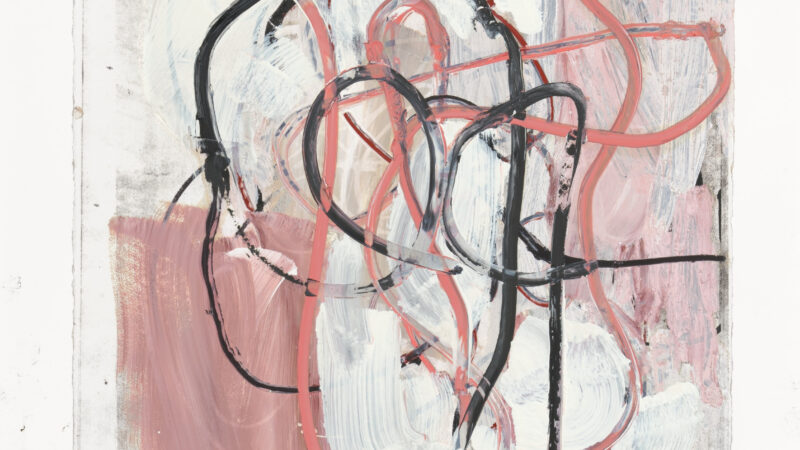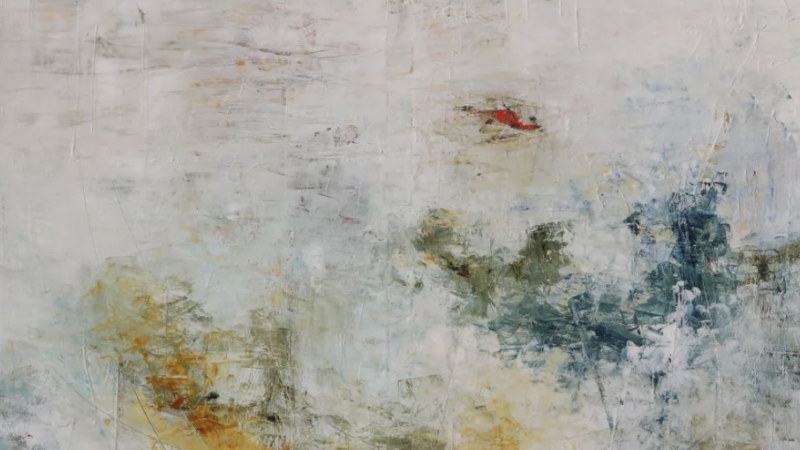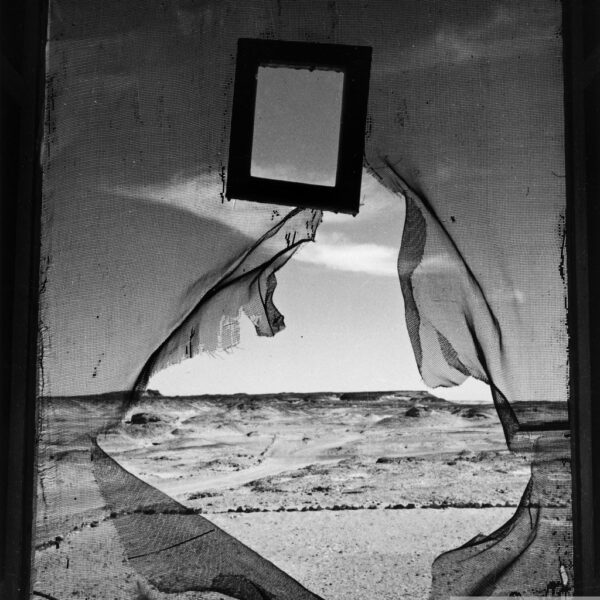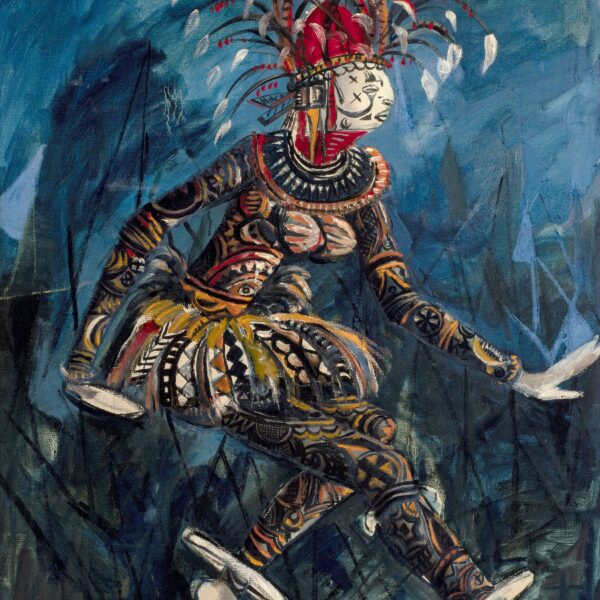Emma Amos: A Political Brushstroke Returns to London
There’s a certain poetic symmetry to Emma Amos returning to London — even posthumously — in her first UK solo exhibition at Alison Jacques. Decades before her radical collages and defiant textiles would find their way into the world’s major museums, Amos was here, a young Black woman artist at Central School of Art and Design, tasting a freedom she couldn’t yet grasp back home in the United States. “In London, as an art student, I had that wonderful feeling of release,” she once recalled. This exhibition feels like a quiet echo of that early emancipation — and a reminder of what Amos made possible by picking up a brush when doing so was, in her words, a “political act.”
Spanning nearly five decades of her career — from 1966 to 2013 — the show is more than a timeline; it’s a layered tapestry of colour, material, and struggle. Amos never stayed neatly within the boundaries of painting. Instead, she cut across them — literally, sometimes — stitching together pigment, African textiles, photo transfers and unstretched canvases to wrestle with identity, history and the aftershocks of American segregation.
Many works on view come from her ‘Falling’ series — gravity-defying scenes where bodies tumble, twist and hover in states of flux. These figures seem caught between freedom and peril, just as Amos herself constantly negotiated the thresholds of race, gender and art world gatekeeping. As cultural theorist bell hooks once wrote about Amos, these paintings push us to see freedom as an unstable terrain — a place where identities refuse to be pinned down and “crisscrossing and crossbreeding” become acts of resistance.
It’s no coincidence that Amos was the youngest and only female member of Spiral — the 1960s collective of Black artists that included Romare Bearden and Norman Lewis — or that she later donned the gorilla mask of the Guerrilla Girls, wielding sharp humour to expose sexism in the art world. Her activism was never separate from her art; it was woven directly into it, thread by thread, brushstroke by brushstroke.
For those who encountered Amos’ work in Tate’s landmark Soul of a Nation: Art in the Age of Black Power or her major retrospective Color Odyssey, this exhibition is a chance to see her radical spirit up close — not just as history, but as an urgent prompt for the present. If the measure of an artist’s relevance is how fiercely their work still speaks, Amos’ canvases remain electric: riotous with colour, raw with memory, alive with the sense that every figure she painted — falling or not — refuses to stay down.
Header: Dancing in the Streets, 1986 © Emma Amos


